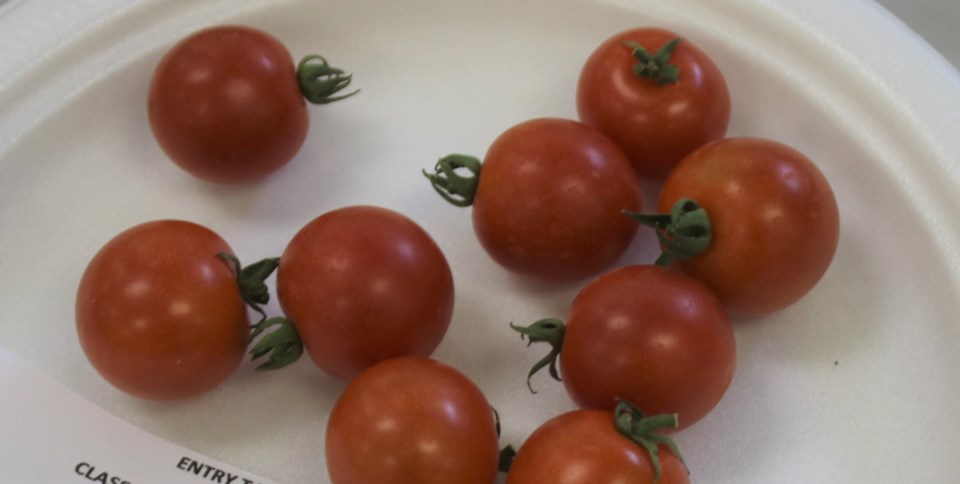YORKTON - The Yorkton and District Horticultural Society will be holding their Fruit, Flower and Vegetable Show on Wednesday, August 10 at the Parkland Mall, Yorkton. After being away from a live show for two years, we look forward to seeing our gardening friends! Visit our site at www.yorktonhort.ca for full details.
We keep talking about this challenging gardening season. We’ve had rain and hail, and now heat. Looking for some drought-resistant plants? Start by doing some homework in a wonderful book by Lyndon Penner: “The Prairie Short Season Yard”. The subtitle on the inside page is “Quick and Beautiful on the Canadian Prairies”.
In his introduction he tells us that he was raised north of Saskatoon, and from an early age helped his Mom and his Grandma in the garden. As he says, “An interest became a hobby, a hobby became a passion, a passion became an obsession, and an obsession became my career.”
I really liked the way he said that “You should be able to go away for a week in the summer without your garden completely falling apart.” Don’t we like the sound of that?
Lyndon makes many great points in his book, but I’ll pick one thing that I know many of us are interested in: drought-resistant plants. We’ve chatted about xeriscaping before, and remember, xeriscaping is not getting rid of plants in your yard or getting rid of your lawn. Xeriscaping is using plants that can tolerate low water, and planting in such a way to make the maximum use of water available.
So here is the top-20 list of drought resistant plants that Lyndon Penner suggests for us!
Blue flax: beautiful blue flowers and will self-sow. Blue Oat Grass: medium-sized, blue foliage, and looks good in winter. Cactus: the prickly pear cactus is perfect for a hot, dry location or for a slope. Caragana: a prairie favorite that comes in globe or columnar shapes. Cotoneaster: fast growing, great fall color, and requires no care (unless you choose to cut it as a hedge). False Spirea: fast growing, leafs out early, and will grow in sun or shade. But it does sucker so keep that in mind. Gaillardia: also called blanket flower; blooms all summer and attracts butterflies. Hens and Chicks: a good groundcover for hot areas and will hatch new babies. Juniper: choose hardy ones for our area and do not crowd them. Lilacs: beautiful and so many varieties; hardy and long-lived.
Okay, there are the first ten! Let’s keep going! Meadow sage: is a salvia and attracts bees and hummingbirds. Mock Orange: has lovely flowers and can take really dry conditions. Mugo pine: tough and also “architecturally interesting”. Potentilla: tough little shrubs that bloom and can take heat and drought. Russian Almond: pink flowers in the spring, drought tolerant and low maintenance. Russian sage: tall, grey-green foliage, blue flowers, and likes hot sunny location. Sea Holly: will grow in poor soil, produces spiky flowers, and attracts bees. Spirea: great for hedges or borders and attracts bees. Yarrow: blooms all summer and can take poor soil. Yucca: structurally interesting.
What a great list! I would heartily recommend that we add this book to our garden collection, it’s full of all kinds of practical information that applies specifically to prairie gardeners and will be a great reference over and over.
Thank you to our friends at YTW for their great work. Have a happy week in your garden!






